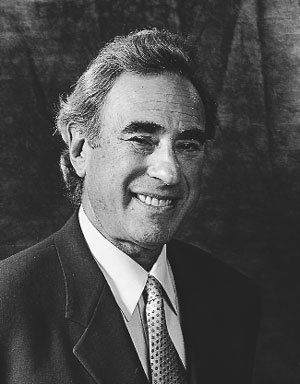By Sascha Brodsky
Most people don’t consider Greenwich Village a poor area. But as the Village has gentrified and multi-million dollar apartments proliferate, the Children’s Aid Society continues to make it a home as it has for the past 150 years.
The head of the society said that the Village still needs it services. The center at 219 Sullivan St. runs the largest preschool program in Greenwich Village with close to 1,000 children.
“We have had a program in Greenwich Village for a long time,” said Phil Coltoff, “when the Village was mostly low-income Italian and Portuguese families. That center is still there, although it’s been renovated many times. Single moms are raising about 30 percent of children in the area. They are not necessarily poor, but what we forget is that there are still poor people in the area. There are also upper- or middle-income people whose salaries do not often allow them to pay enormous tuitions.”
Including the Village, the society, founded in 1853, serves more than 120,000 children and their families each year. The society runs a network of more than 100 programs and services provided at over 30 sites in and around the city. The centers and schools also offer medical, dental and mental health services, social services and a full range of educational and recreational programming.
The society was formed to fight poverty, and Coltoff said that is still its biggest priority.
“The largest issue in my view and that of most people is how to establish guidelines to elevate children out of the cycle of poverty,” he added. “To get children out of poverty there needs to be a better educational system. We need a better healthcare system. We also need to have more affordable housing. The role of organizations like the Children’s Aid Society is to point the way so that the larger scale-government can intervene.”
Coltoff had harsh words for President Bush’s efforts to combat child poverty.
“I think the administration needs to do much better,” he said. “We were very supportive of the president’s campaign promise to leave no child behind. I think that money for programs should not be based on ideological requirements. There shouldn’t be a faith-based litmus test. There needs to be more funds appropriated for affordable low-income housing because this is the only way there is going to be a breakthrough in poverty. I don’t think the Bush administration is measuring up to the task.”
Coltoff also said he did not believe that the administration’s insistence on abstinence as the center of sex education programs is effective.
Social services need to be brought to children, Coltoff said.
“We know that in some neighborhoods such as the South Bronx that rates in childhood asthma are very high,” he said. “This is not only terrible from a health but also an educational perspective. It can be treated in a school health clinic. We know that with older teenagers, some 12-15 percent are suffering from clinical depression. Having services where they are is essential so that these programs do not have a stigma attached to them.”
Coltoff, “a very young 67,” as he put it, said it was programs like the ones offered by the society that helped him as a teenager. He grew up in the South Bronx. He has worked at the society since 1966.
“A good part of my youth was connected to a local center much like we have today,” he said. “It made a great difference in my life. I wouldn’t have been able to go to summer camp because my family was poor. Later on in my teenage years I met social workers who introduced me to issues that I hadn’t really thought about; issues of change and social justice.”



































